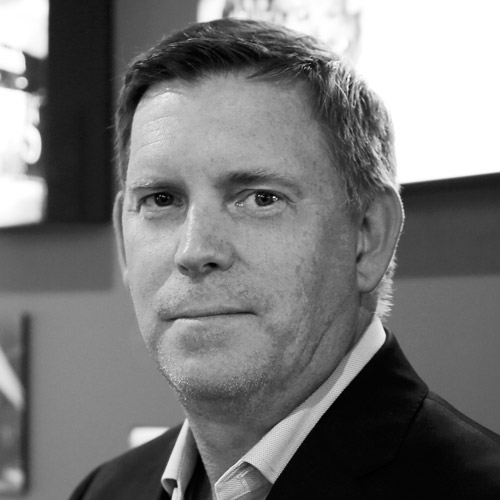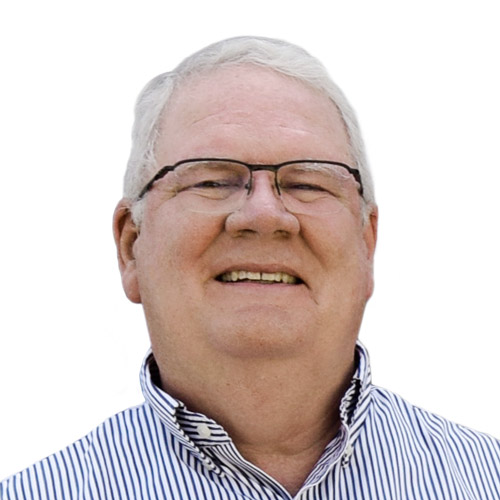
If the design and function of quick-service restaurants—QSRs, otherwise known as fast-food establishments—is any indicator, the way Americans eat has shifted significantly in just a few years. About 70 percent of customers now buy their meals at a drive-through. A generation ago, that stream of customer traffic was closer to 30 percent, and the bulk of people ate their burgers and fries inside.
The BURGER KING (often shortened to BK) brand has experienced that phenomenon just as much as the other QSR chains. “Sixty years after we were founded, it’s pretty clear that society is driven by how fast we can move,” says Chris Mott, the director of architecture, design, and construction for the 15,000-unit, Miami-based chain. “People take five minutes for lunch, and that’s often in a car.”
The marketing and operations people who work alongside Mott target that auto-based market with separate, coordinated strategies. But, from a restaurant and site-design standpoint, Mott and his team have a monumental task: to keep the flow of customers moving while maintaining service and overall operational efficiencies.
This, of course, begins with the drive-throughs themselves. Gone are the days when one would simply queue up behind the cars ahead of them. The most modern BK restaurants now have two outdoor menu boards where orders are placed, requiring two car lanes that allow customers to spend more time making their selections while traffic flows a bit faster.
The drive-through experience is further enhanced with expediter doors, which serve coffee-only customers first, for example, while customers with larger and more complex orders receive them separately. And, in an effort to repersonalize the drive-through experience, the pass-through windows between crews and customers have increased in size. “It enhances the guest experience,” Mott says.
Just because fewer customers are using the dining rooms doesn’t mean they’re an area of neglect—far from it. “The dining rooms are smaller,” Mott says. “But we are focusing on creating a backyard barbecue or garden grill feeling.” The design program is adaptive, with an inviting, informal look and materials inspired by quality textures. The materials and motifs can include corrugated metal finishes, exposed brick walls, ceramic tiles, collage wall and heritage walls, barstool seating, and a mix of booths and chairs. Locations with Garden Grill décor use warm, nature-inspired tones, whereas the locations with Prime décor are more playful, with vibrant splashes of reddish orange. Mott explains that the idea is for customers to “hang out more,” supported by in-store Wi-Fi, softer seating, and long, community-style tables.
If these changes sound like simple adaptations, think again. The BK franchise system is 60 years old, with thousands of legacy restaurants established in the 1960s and even earlier. Mott notes that some of those pieces of real estate have increased in value by a factor of ten over time. Yet some of them were never designed to accommodate the drive-through business model, which consumes roughly 20 percent of the lot. So, larger lots are needed in many cases, and some franchisees have purchased adjoining property, where possible, to accommodate this.
Clearly, the costs associated with remodeling, retrofitting, and rebuilding are a necessary consideration. Franchisees bear the expense, which ranges from about $350,000 for a renovation to as much as $1.5 million for a rebuild or a new build. The parent company leases existing properties to franchisee holders, but all new units are wholly owned by local operators, who work on 20-year contracts with the corporation.
Who decides what stores get remodeled and what design strategies are used in both renovated and new-build locations? That question involves input from a collective of interests.
An image committee made up of owner-operators, corporate designers, marketers, and executives help drive the decision, but individual franchisees also have a strong say as to what is changed and when, given the changes’ ultimate ties to profits and losses. Communities and local planning and zoning boards have a say, too, and Mott, his staff, and local consultants work with them to discuss everything from traffic patterns to signage and façade materials. “Our hires have to have people skills,” he says. “They have to explain—and sometimes make concessions—on such things as using natural stone or brick instead of stucco.”
He adds that interior and exterior materials and finishes are increasingly being chosen for durability and longevity. Sustainability also plays a strong role in their specifications. Roofing shingles and flooring laminates include recycled materials, for example, and builders sometimes use roofs with heat-reflecting white membranes, as well as green, or vegetated, roofs. The company also values energy efficiency in appliances and lighting. Many of these greener building components have become price-competitive in recent years, Mott says. LED lighting, in particular, is better and less expensive—and has now become standard equipment.
To be clear, the company has operations in more than 100 countries, many of which have no drive-throughs at all. Mott says moped deliveries are far more common in Europe and other countries, but that may change over time.
All such changes roll out incrementally, and Mott says this enables his team to test design concepts before scaling up. For customers who start to notice they’re buying more coffees and egg sandwiches at a BK drive-through, it’s probably because the speed of service gradually began to fit their daily needs. There’s no standing still in the QSR business—especially when customers can have it their way.
Duro-Last, Inc. is the world’s largest manufacturer of custom-fabricated, thermoplastic single-ply roofing systems. Factory-controlled custom fabrication can eliminate up to 85 percent of field seams, resulting in lower on-site labor costs and easier installation. More than two billion square feet of Duro-Last membrane have been installed throughout North America. Visit www.duro-last.com for more information.


